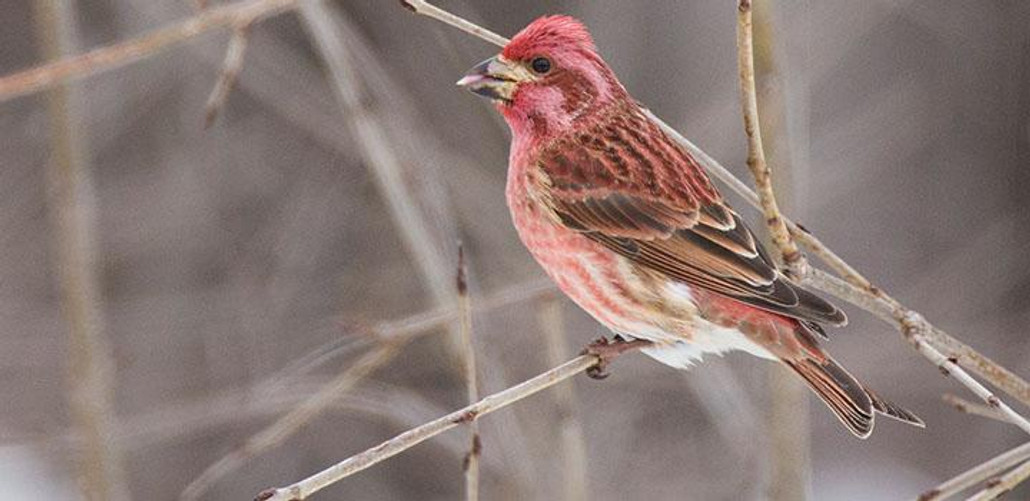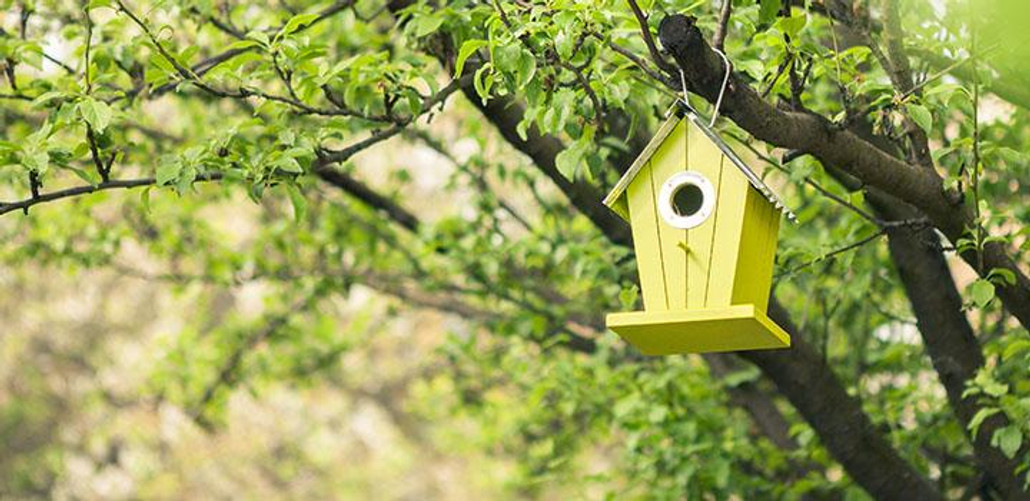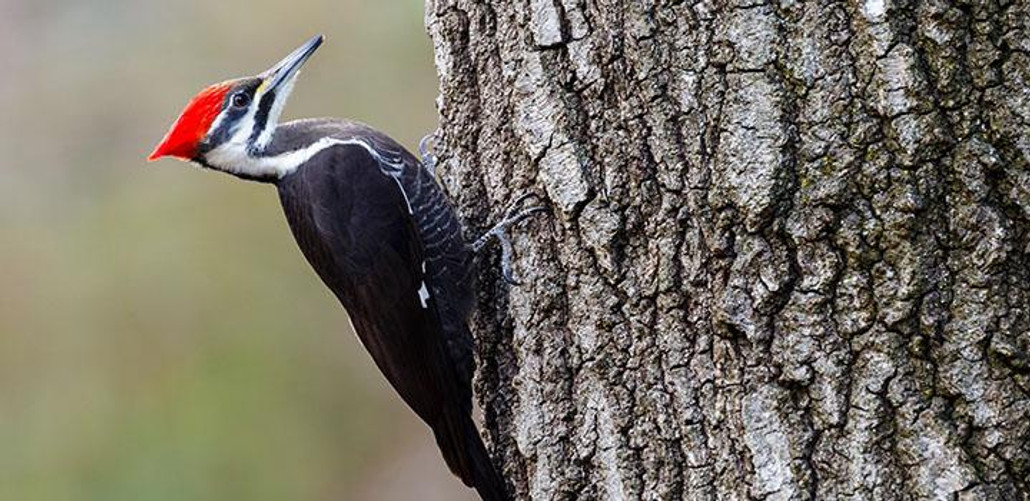Posted by Grange Co-op on 1st Oct 2017
Female:Raspberry-red head, cap, breast, back and rump. Little or no brown streaking on breast and flanks. Brownish wings and tail.
Male:Same as female, immature plumage in males is kept one year.NESTING:
Female and male build a cup nest of twigs, grasses, rootlets, and moss lined with horsehair, moss and rootlets, placed on a horizontal branch far from the trunk 5-60 ft. high. Female incubates 3-6 eggs which are light green-blue with dark… Read more
Posted by Grange Co-op on 1st Feb 2016
The first step in choosing a bird house is to assess what type of habitat you live in and therefore, what birds might be inclined to use your nest box. Please note: Not all birds will use a nest box. Only birds that naturally nest in cavities of trees will use a box. Many of the birds that come to your feeders, such as Goldfinches, Pine Siskins, House Finch, Sparrows, Towhees, Juncos, Mourning Doves, and Hummingbirds make their own nest out… Read more
Posted by Grange Co-op on 16th Nov 2015
MALE: Deep blue on head, throat, back, wings and tail; deep rusty-red on breast, shoulder patch and flanks, usually shows chestnut patch on back; blue-washed white belly and undertail coverts.
FEMALE: Paler than male, grey throat, buffy breast, grayish blue head and back, light blue wings and tail, white eye-ring.NESTING:
In cavities: natural tree cavity, abandoned woodpecker hole, or birdhouse 2-50ft. above the ground. Nest consists of av… Read more
Posted by Grange Co-op on 1st Aug 2015
Woodpeckers can be annoying with their hammering and drumming on houses. They can also damage structures and trees by drilling holes in wood siding and eaves, tree trunks and limbs. Most such damage is done by flickers, but sapsuckers, acorn and downy woodpeckers can also cause problems on occasion.
All woodpeckers are migratory non-game birds protected by the Federal Migratory Bird Treaty Act. A property owner needs a federal permit to use… Read more




